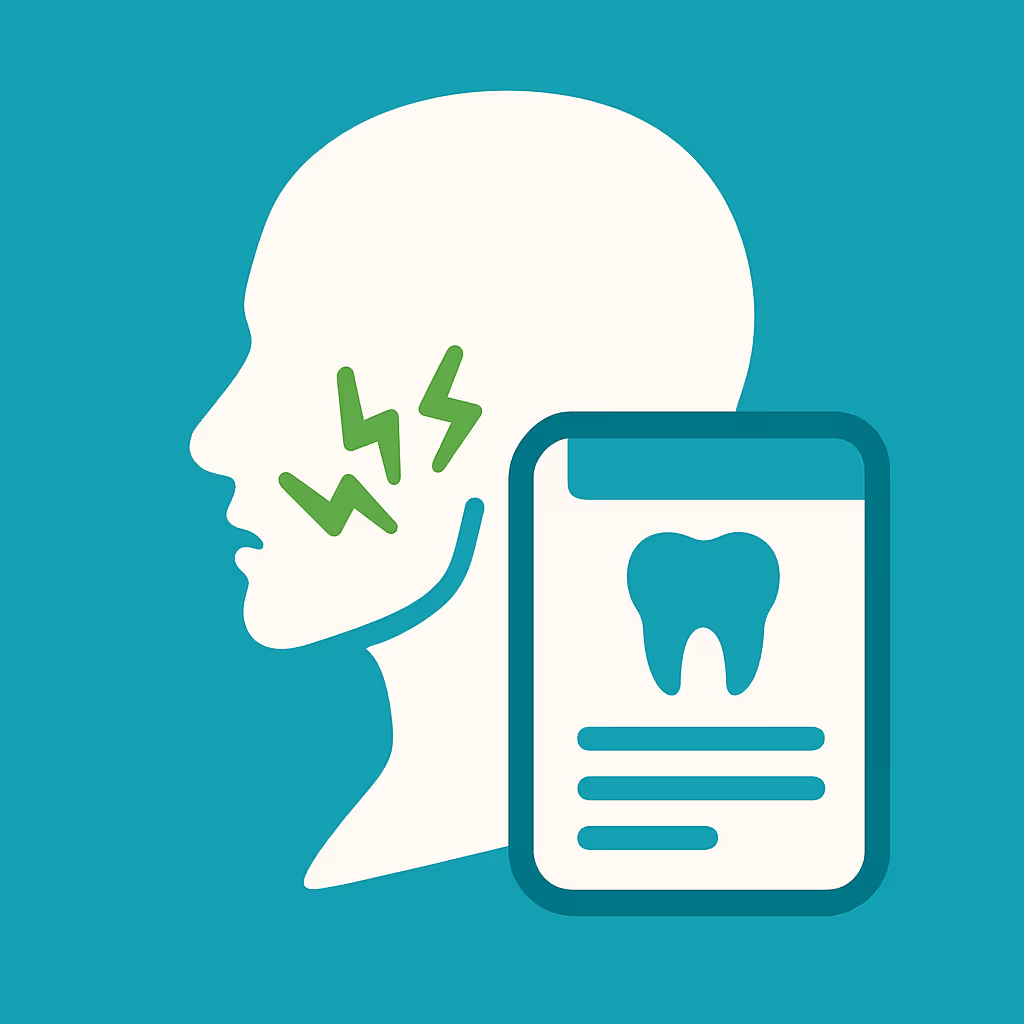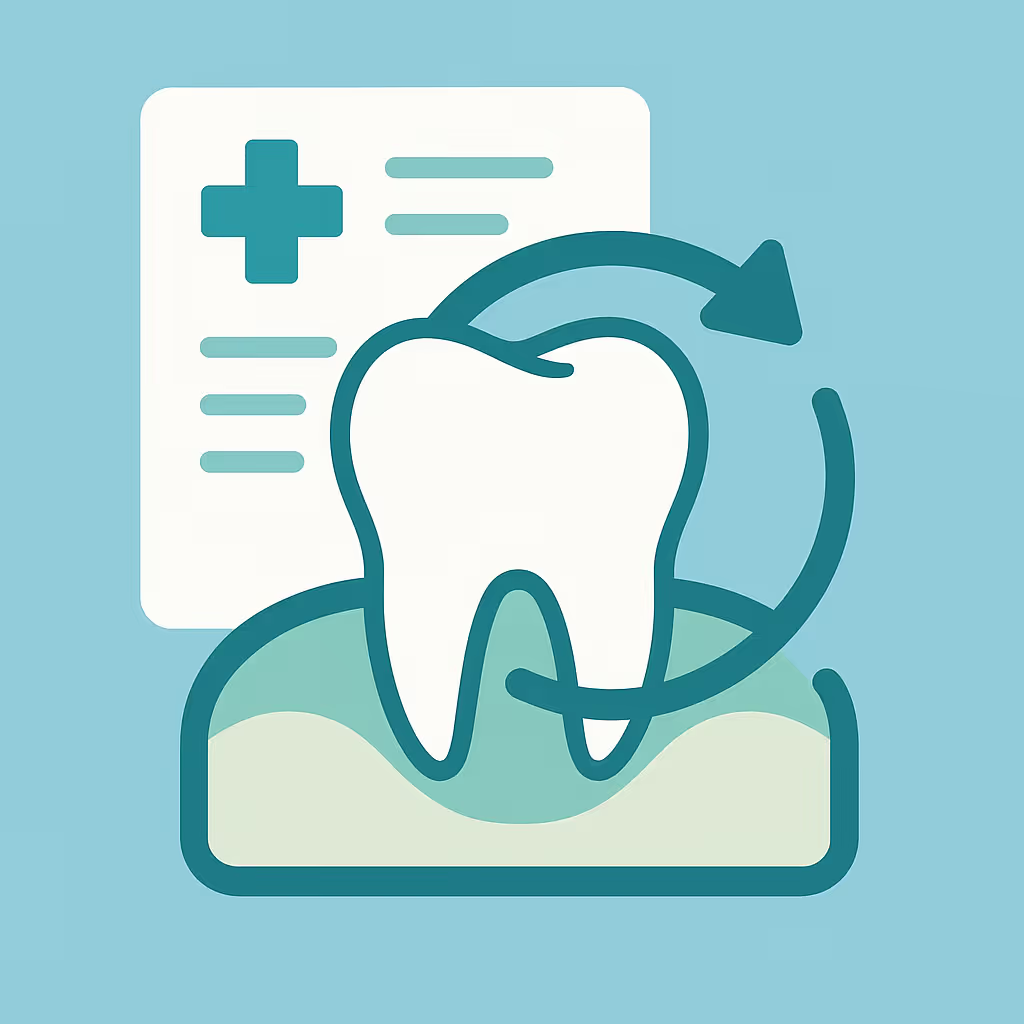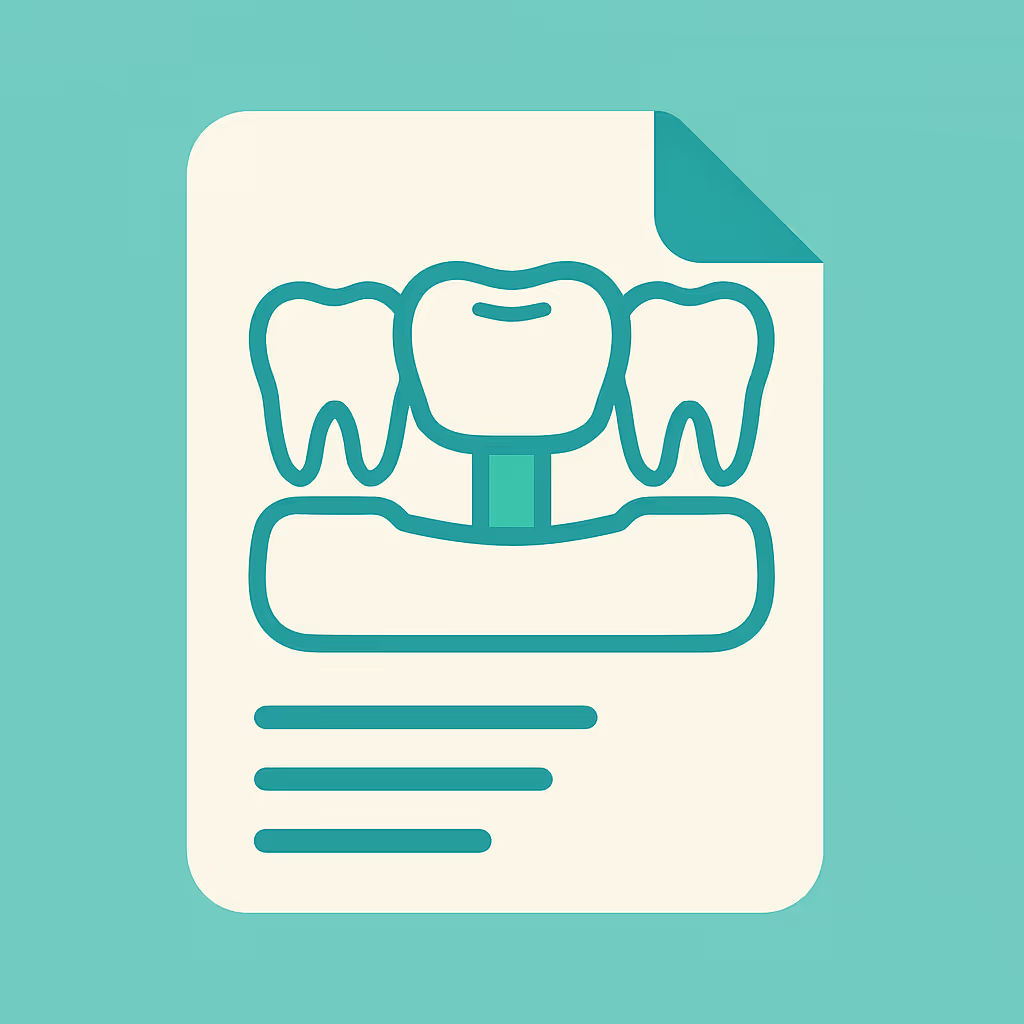Understanding Dental Code D5928
When to Use D5928 dental code
The D5928 dental code is designated for the replacement of an orbital prosthesis. This CDT code is used when a patient requires a new artificial eye and surrounding orbital structure due to trauma, congenital defects, or disease that results in loss or deformity of the orbital region. It is important to note that D5928 should only be used for replacement—not for the initial placement, which is typically billed under a different CDT code. Accurate use of D5928 ensures proper reimbursement and compliance with insurance requirements.
Documentation and Clinical Scenarios
Proper documentation is critical when billing D5928. Dental teams should include detailed clinical notes describing the patient’s medical history, the reason for replacement (such as wear, damage, or changes in anatomy), and any supporting diagnostic images. The documentation should also reference the original placement date and the condition of the existing prosthesis. Common clinical scenarios for D5928 include:
- Replacement due to wear and tear of the existing orbital prosthesis
- Changes in the patient’s facial anatomy requiring a new fit
- Damage or loss of the previous prosthesis
Always ensure that the provider’s notes clearly justify the medical necessity for replacement to avoid claim denials.
Insurance Billing Tips
Successful billing of D5928 requires a proactive approach. Here are actionable steps for dental billing teams:
- Insurance Verification: Before treatment, verify the patient’s benefits for maxillofacial prosthetics and confirm frequency limitations for replacements.
- Pre-authorization: Submit a pre-authorization request with detailed clinical documentation and photographs to minimize the risk of denial.
- Accurate Claim Submission: Use the correct CDT code (D5928) and include all supporting documents. Double-check patient demographics and provider information for accuracy.
- Review EOBs: After claim submission, review Explanation of Benefits (EOBs) promptly to identify underpayments or denials.
- Appeals Process: If a claim is denied, prepare a thorough appeal with additional clinical justification, referencing the original and replacement prosthesis dates.
Staying organized and proactive in your billing workflow will help reduce Accounts Receivable (AR) days and improve reimbursement rates.
Example Case for D5928
Consider a patient who received an orbital prosthesis five years ago following surgical removal due to cancer. Over time, the prosthesis has become ill-fitting due to natural changes in facial structure. The dental team documents the patient’s history, takes updated photographs, and notes the prosthesis’ deterioration. After verifying insurance coverage and obtaining pre-authorization, they submit a claim using D5928, attaching all relevant documentation. The claim is approved, and the patient receives a new, custom-fit orbital prosthesis. This case highlights the importance of thorough documentation and following best practices for successful reimbursement.





